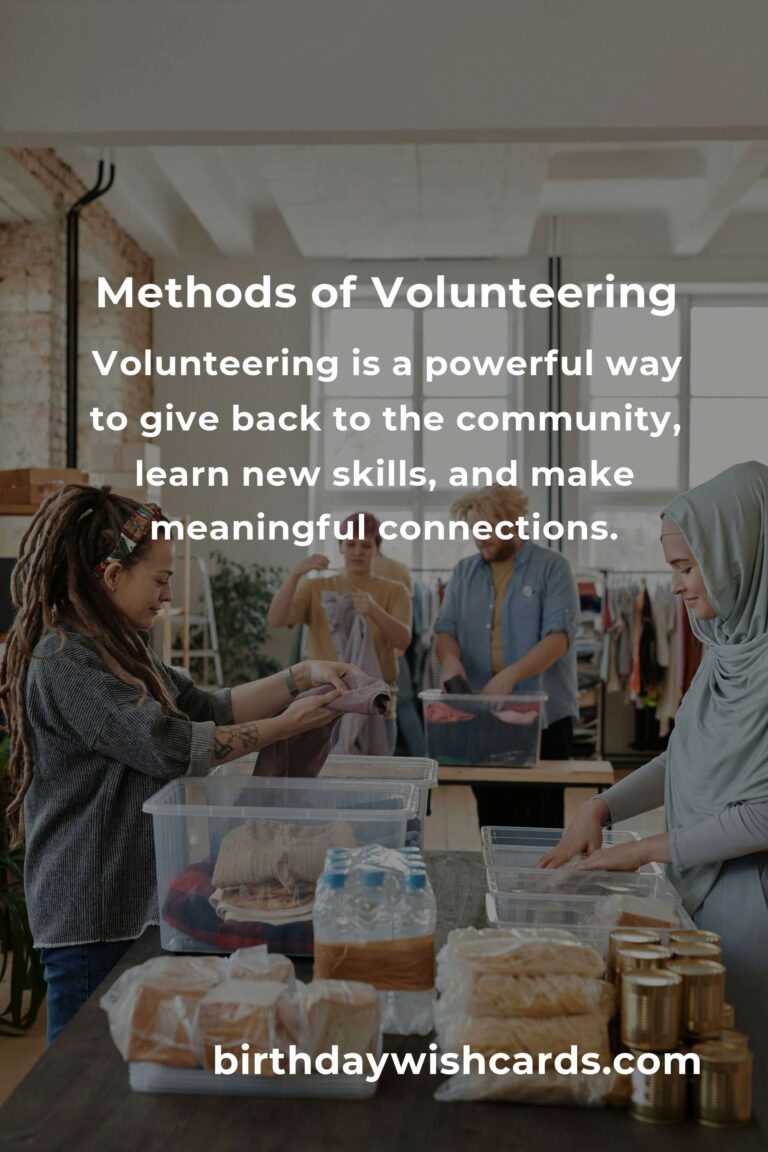
Volunteering is a powerful way to give back to the community, learn new skills, and make meaningful connections. However, not all volunteering methods are created equal. To maximize impact, it’s crucial to understand the different ways of volunteering and how to choose the best fit for your skills and interests.
Understanding Different Volunteering Methods
Volunteering can take many forms, and each has its unique benefits and challenges. Here are some common methods:
1. Traditional Volunteering
This involves working in physical locations like schools, hospitals, or community centers. Traditional volunteering offers hands-on experience and direct interaction with the community.
2. Virtual Volunteering
With the rise of digital platforms, virtual volunteering has become increasingly popular. It allows individuals to contribute their skills from anywhere in the world, making it accessible to those with limited mobility or time.
3. Skill-Based Volunteering
This method involves offering your specific skills—like graphic design, writing, or legal expertise—to organizations in need. It’s an excellent way to use your professional skills for a good cause.
4. Micro Volunteering
Micro volunteering consists of small, task-based opportunities that require minimal time commitment. It’s perfect for those who want to volunteer but have a busy schedule.
How to Choose the Right Volunteering Method
Choosing the right volunteering method depends on several factors:
Identify Your Skills
Consider what skills you can offer. Skill-based volunteering leverages your talents for maximum impact.
Assess Your Availability
Choose a method that fits your schedule. Micro volunteering is ideal for those with limited time.
Determine Your Goals
Reflect on what you hope to achieve through volunteering. Whether it’s gaining experience, meeting people, or making a difference, your goals will guide your choice.
Benefits of Volunteering
Volunteering is not only beneficial for the community but also for the volunteer. Here are some key benefits:
1. Personal Growth
Volunteering helps develop new skills, boost confidence, and provide a sense of purpose.
2. Networking Opportunities
It offers a chance to meet new people and build networks that can aid in personal and professional life.
3. Health Benefits
Research shows that volunteering can improve mental health by reducing stress and increasing happiness.
Conclusion
Volunteering is a rewarding experience that benefits both the volunteer and the community. By understanding the different methods and carefully choosing the one that aligns with your skills and goals, you can maximize your impact and contribute to meaningful change.
Volunteering is a powerful way to give back to the community, learn new skills, and make meaningful connections. Traditional volunteering involves hands-on experience and direct interaction with the community. Virtual volunteering allows individuals to contribute their skills from anywhere in the world. Skill-based volunteering leverages your professional skills for a good cause. Micro volunteering consists of small, task-based opportunities that require minimal time commitment. Choosing the right volunteering method depends on your skills, availability, and goals. Volunteering helps develop new skills, boost confidence, and provide a sense of purpose.
#Volunteering #CommunityService #GiveBack #SkillBasedVolunteering #VirtualVolunteering













